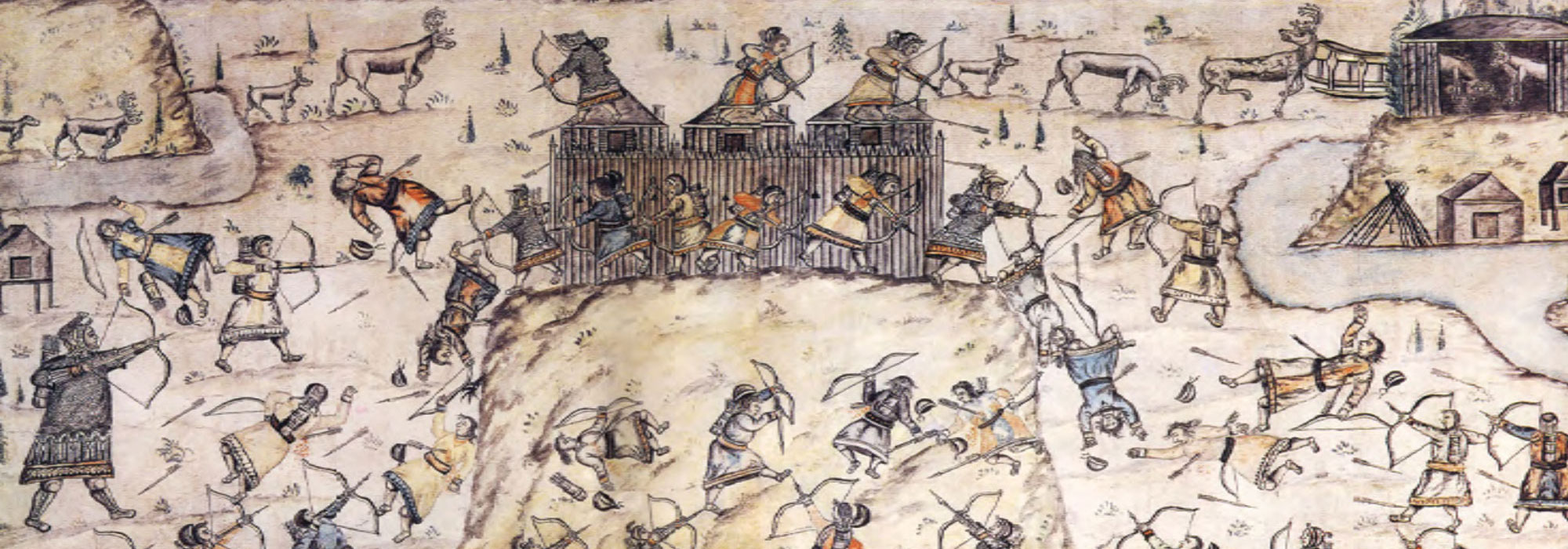
JENA, GERMANY—Jennifer Miller of the Max Planck Institute for the Science of Human History and Elizabeth Sawchuk of Stony Brook University tested the idea that the size of beads made from ostrich eggshells can be used to track cultural shifts in ancient Africa, according to a statement released by the Max Planck Institute. Such beads date back to more than 40,000 years ago and have been unearthed throughout Africa. Miller and Sawchuk measured 1,200 beads recovered from 30 archaeological sites spanning a 10,000 year period in southern and eastern Africa and compared the data with other archaeological evidence of cultural change. The researchers confirmed that larger beads appeared in southern Africa some 2,000 years ago, when people began to herd sheep and goats, but did not replace existing bead styles. The larger bead size may have been introduced by the people who brought domesticated animals to the region, they explained. In eastern Africa, however, bead styles did not change at the time herding was introduced, although beads made by foragers in eastern Africa were similarly sized to the larger beads made by herders in southern Africa. The researchers conclude that peoples from southern and eastern Africa may have had contact with each other as herding spread, but the experience did not extinguish local traditions. To read about the spread of pastoralism, go to "Herding Genes in Africa."











